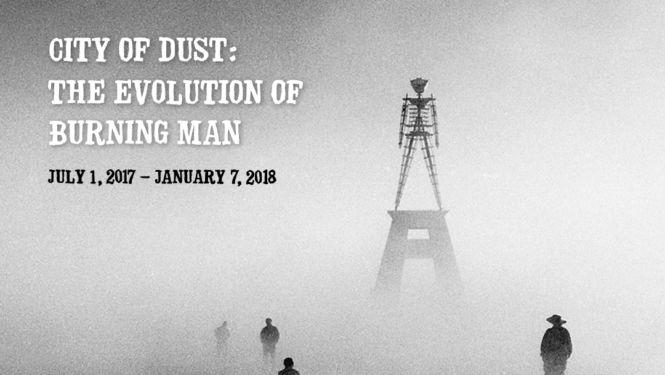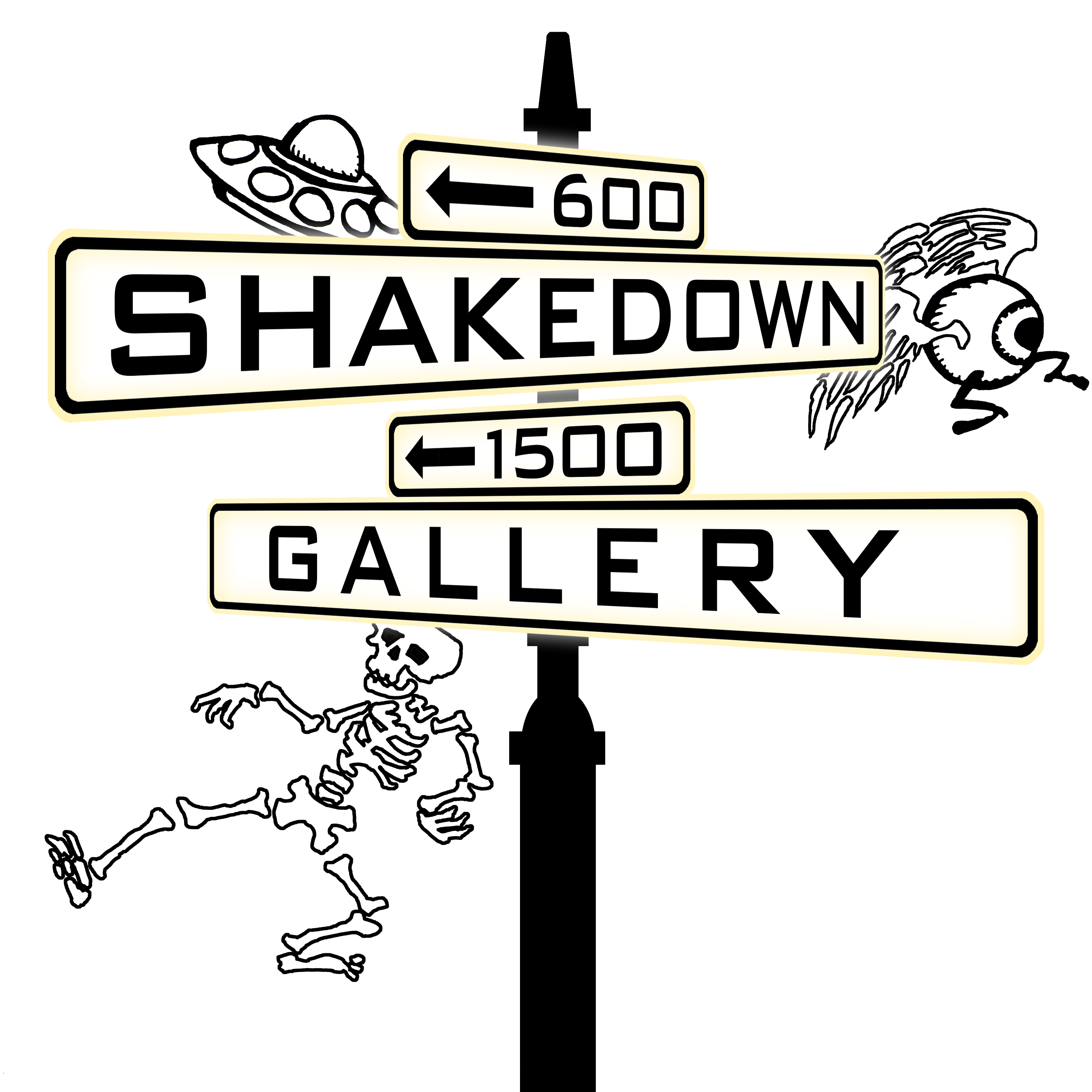
City of Dust, In Reno?
September 16, 2017
Following a Monday exodus from Burning Man 2017, our little crew of four found ourselves in Reno, as Burners are wont to do, and I happened to notice a lamppost banner announcing a "City of Dust: The Evolution of Burning Man" exhibit at the Nevada Museum of Art.
As fate would have it, the Tuesday after Labor Day was declared Burning Man Day and museum admission was free. At the suggestion of a woman staffing the lobby, we began on the fourth floor and made our way back down to the lobby.
The entire museum was fascinating and filled with beautiful, interesting exhibits, but the City of Dust exhibit that brought us through the doors is where we spent the most time.
As the name implies, "City of Dust: The Evolution of Burning Man" covered the history of the Burning Man Festival and included numerous artifacts from the earliest years of Burning Man to the present.
What I found particularly fascinating were the little ways in which the history as told through the actual physical artifacts directly contradicted some of my long-held beliefs about the earliest years of the Black Rock desert burns.
In 1998, the year I first attended Burning Man, I was under the impression that the event had been a free-form anarchic event until death took place at the 1996 burn and led the Bureau of Land Management to step in and begin to impose structure on the event, creating what has come to be known as Black Rock City.
The popular myth surrounding Burning Man goes as follows: Larry Harvey, possibly trying to come to terms with a break-up, possibly just on an artistic whim, builds a wicker man with his brother and a friend and they bring it to San Francisco's Baker Beach to burn it. The man draws a small crowd and the group decides to repeat the event for the next few years, each year attracting a larger and larger crowd.
In 1990 the crowd drawn by the annual Burning Man party had grown so large that the city of SF Parks Dept asks that they not burn the man, but Larry is given an invitation by the Bay Area Cacophony Society to bring The Man to their fourth "Zone Trip", one titled "Bad Day In Black Rock" where the burning of the man can take place. Larry accepts the invitation, brings the Burning Man event to the Black Rock desert and a new alliance between Larry Harvey and the Cacophony Society is born, one that eventually leads to the Paper Man LLC and the creation of the modern Burning Man Festival.
After the '96 event, Larry Harvey and John Law have a falling out, Paper Man LLC falls apart, and the Cacophony element in the event diminishes, while the Burning Man Organization grows and blossoms into the many-tentacled operation that exists today.
What I came to learn from the "City of Dust" exhibit is that this mythology is inaccurate in a few crucial ways. First of all, early paperwork featured in the display clearly illustrates the Cacophony Society had much more structure and a much greater sense of functionality in their initial Zone Trip. They'd rented Port-O-Potties and submitted (and received) a land-use permit from the start. In fact, their initial Land Use Permit request was met with the response from a BLM employee: "Have Fun!"
The second myth that I'd had corrected was the mistaken notion that Larry Harvey was not, himself, a member of Cacophony. It seems Larry had had friendships and allegiances with the group back in SF and that he was not an Outsider being invited to their pre-planned event, but was, instead, an artistic ally who was creating overlapping and parallel art events in a close-knit community. Both of these details are academic minutiae, but they serve to create a more accurate picture than the narrative of "anarchist punks and structure freak" that are portrayed by many recaps of the falling out between John Law and Larry Harvey.
While we were unable to attend any of the talks at the Nevada Museum of Art, the museum has been augmenting the display with a series of different talks by many of the principles figures with unique perspectives on the history of the event, including both Law and Harvey.
The exhibit itself featured a great balance of nostalgic knick-knacks, choice artifacts and meaty history, offering info and eye candy for all interest levels. Where it seemed to be most lacking, however, is in portraying the art and culture that have blossomed on the playa. There were some great photographs of the event, but not a lot of coverage of how the Art Cars and large-scale Art Projects and Sound Camps have grown to dominate the visual and audio landscape of the event.
On the whole, though, I was quite pleased that we'd stumbled onto the City of Dust exhibit after our eight days in the dust. The show runs in Reno until January 7th and I wish it much success as it travels the country, visiting, among other places, the Smithsonian.
Here is a brief (21:10) video produced in conjunction with the exhibit that gives an overview of the display's content and puts it in context with the larger Burning Man scene:
Recent Articles
Deadheadland To Create Regular Blotter Art Feature
June 10, 2014
Fifty Years Furthur
June 14, 2014
The Golden Road Tour
July 21, 2014
